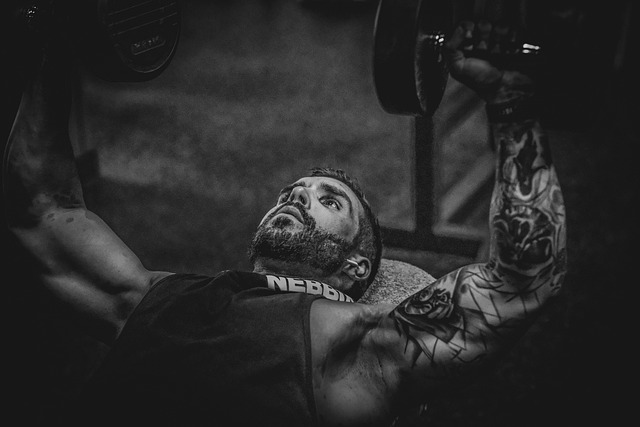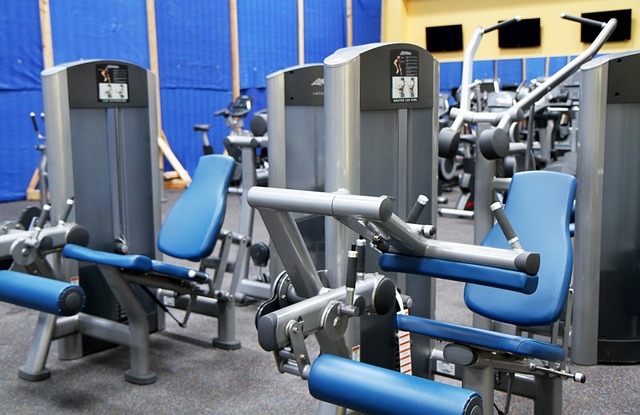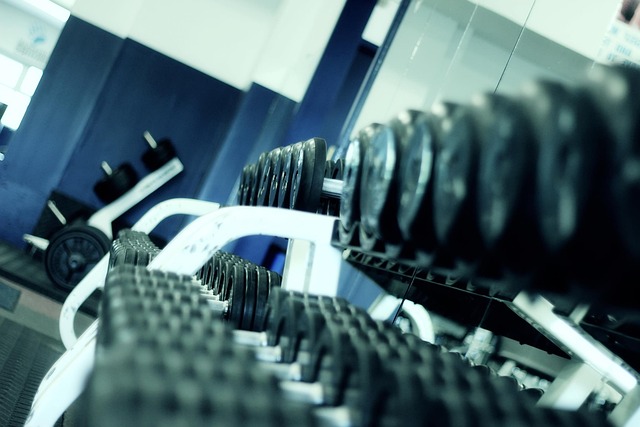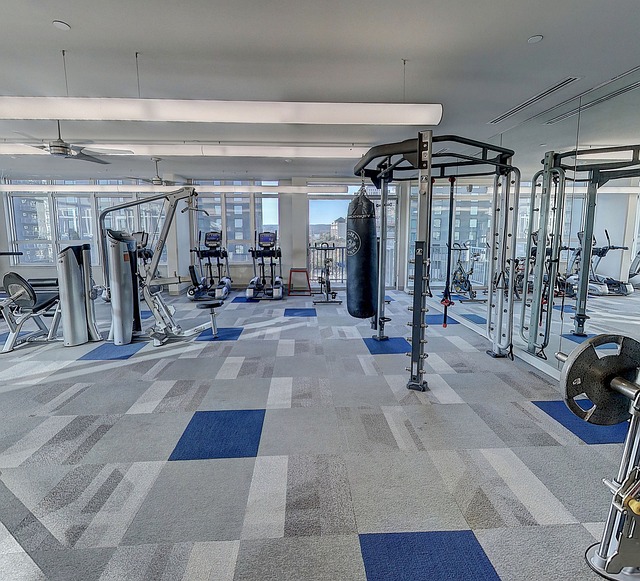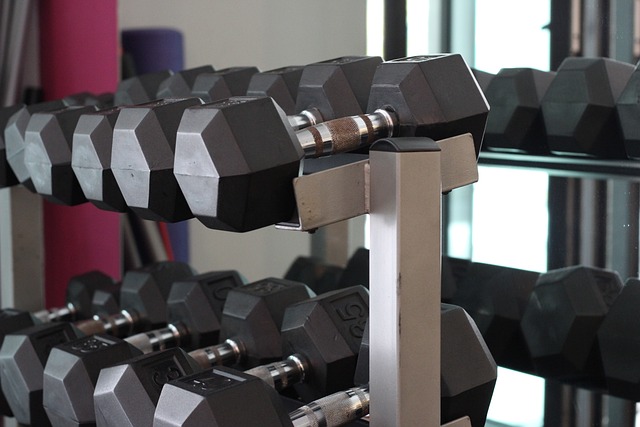In today’s fast-paced world, finding time to hit the gym or invest in expensive equipment can be challenging. However, this doesn’t mean you have to compromise on your fitness goals. Bodyweight exercises offer a simple, effective, and accessible way to build strength, improve endurance, and enhance overall physical fitness. Whether you’re a beginner looking to kickstart your fitness journey or an experienced athlete aiming to maintain peak performance, bodyweight training has something to offer for everyone.
What Are Bodyweight Exercises?
Bodyweight exercises are movements that use your own weight as resistance. Unlike traditional weightlifting, which often requires barbells, dumbbells, or machines, bodyweight training eliminates the need for external equipment. This makes it a versatile option for people of all fitness levels and environments—whether you’re at home, in a park, or traveling.
Examples of bodyweight exercises include push-ups, squats, lunges, planks, pull-ups, and burpees. These exercises target various muscle groups, promoting full-body strength, flexibility, and endurance. The beauty of bodyweight training lies in its adaptability; you can modify exercises to suit your fitness level, making them easier or more challenging as needed.
Why Choose Bodyweight Training?
- Accessibility and Convenience
One of the biggest advantages of bodyweight exercises is their accessibility. You don’t need a gym membership or fancy equipment—just your body and a little space. This makes it easy to incorporate into your daily routine, whether you’re squeezing in a quick workout during lunch or starting your day with morning exercise. - Cost-Effective
Gym memberships and fitness equipment can be expensive. With bodyweight training, you eliminate these costs entirely. All you need is motivation and consistency. - Functional Fitness
Bodyweight exercises mimic real-life movements, such as pushing, pulling, squatting, and lifting. This improves functional strength, making everyday tasks easier and reducing the risk of injury. - Scalability
Whether you’re a beginner or an advanced athlete, bodyweight exercises can be tailored to your abilities. For instance, a beginner might start with knee push-ups, while someone more experienced could perform one-arm push-ups or explosive clap push-ups. - Cardiovascular Benefits
Many bodyweight exercises, especially when performed in circuits or high-intensity intervals, elevate your heart rate and improve cardiovascular endurance. This dual focus on strength and cardio makes bodyweight training a well-rounded fitness solution.
Key Bodyweight Exercises for Strength and Endurance
Here are some of the most effective bodyweight exercises that target different muscle groups while building both strength and endurance:
1. Push-Ups
Push-ups are a classic exercise that primarily target the chest, shoulders, triceps, and core. They also engage stabilizing muscles in your back and legs. To increase difficulty, try variations like diamond push-ups, decline push-ups, or plyometric push-ups.
2. Squats
Squats are essential for building lower body strength and improving mobility. They work the quadriceps, hamstrings, glutes, and calves. Add intensity by performing jump squats or single-leg squats (pistol squats).
3. Planks
Planks are a core-strengthening powerhouse. By holding a static position, you engage your abs, obliques, lower back, and even your shoulders. Challenge yourself with side planks, plank jacks, or dynamic plank variations.
4. Lunges
Lunges target the legs and glutes while improving balance and coordination. Walking lunges, reverse lunges, and lateral lunges add variety and challenge stability further.
5. Burpees
Burpees are a full-body exercise that combines strength and cardio. They involve a squat, push-up, and jump, engaging multiple muscle groups and elevating your heart rate quickly.
6. Pull-Ups (if accessible)
While technically not a pure bodyweight exercise without a bar, pull-ups are incredibly effective for building upper body strength. If you don’t have access to a pull-up bar, you can substitute with inverted rows using a sturdy table or TRX bands.
7. Mountain Climbers
Mountain climbers are excellent for building core strength and endurance. They also serve as a great cardio exercise, getting your heart pumping while working your shoulders, arms, and legs.
Designing an Effective Bodyweight Workout
To maximize the benefits of bodyweight exercises, it’s important to structure your workouts effectively. Here’s a sample routine that balances strength and endurance:
Warm-Up (5-10 minutes):
- Jumping jacks
- Arm circles
- High knees
- Dynamic stretches (leg swings, torso twists)
Main Workout (20-30 minutes):
Perform each exercise for 30-60 seconds, followed by 15-30 seconds of rest. Repeat the circuit 3-4 times.
- Push-Ups
- Squats
- Plank Hold
- Burpees
- Mountain Climbers
- Lunges (alternating legs)
Cool Down (5-10 minutes):
- Child’s pose
- Cat-cow stretch
- Hamstring stretch
- Chest opener stretch
Tips for Success
- Focus on Form
Proper form is crucial to prevent injuries and ensure you’re working the intended muscle groups. If you’re unsure about your technique, consider watching instructional videos or consulting a fitness professional. - Progress Gradually
Start with basic variations of exercises and gradually increase intensity as you grow stronger. For example, move from regular push-ups to decline push-ups or add weights to squats using household items like water bottles. - Stay Consistent
Consistency is key to seeing results. Aim to perform bodyweight workouts 3-5 times per week, allowing adequate rest days for recovery. - Mix It Up
Avoid boredom and plateaus by incorporating new exercises or changing the order of your routines. Experiment with supersets, timed challenges, or partner workouts. - Listen to Your Body
Pay attention to how your body feels during and after workouts. If you experience pain (not to be confused with normal muscle soreness), adjust your routine or seek advice from a healthcare provider.
Final Thoughts
Bodyweight exercises are a powerful tool for building strength, endurance, and overall fitness. Their simplicity, versatility, and effectiveness make them an ideal choice for anyone looking to stay active and healthy. By incorporating these exercises into your routine and committing to consistent effort, you’ll unlock your full potential and enjoy the countless physical and mental benefits of staying fit.

